Introduction
In the realm of culinary delights, soups occupy a unique and cherished place. They are not merely meals but experiences that warm the soul, nourish the body, and evoke memories of comfort and love. Among the myriad of soup varieties, Chestnut and Bone Soup stands out as a seasonal gem, especially during the colder months. This hearty dish combines the earthy sweetness of chestnuts with the rich, flavorful broth derived from simmering bones, creating a symphony of tastes that is both comforting and satisfying.
In this article, we will delve into the intricacies of how to craft a perfect pot of Chestnut and Bone Soup. From selecting the right ingredients to mastering the cooking process, every step is crucial in achieving that elusive balance of flavors and textures that makes this soup a culinary masterpiece.
Selecting the Ingredients
Chestnuts:
The foundation of this soup lies in the chestnuts. Choose fresh chestnuts whenever possible, as they offer the best flavor and texture. Look for chestnuts that are firm, have a smooth shell without cracks, and feel heavy for their size. Avoid chestnuts with mold or soft spots, as these may be indicators of spoilage.
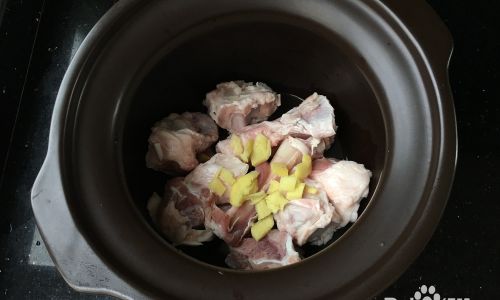
Bones:
For the broth, pork bones are traditionally used, but beef or chicken bones can also be substituted based on personal preference. Look for bones with a good amount of marrow, as this will add richness and depth to the soup. Ensure the bones are clean and free of excess fat and meat scraps.
Aromatics:
Aromatics such as ginger, garlic, and onions are essential for enhancing the flavor profile of the soup. Fresh ginger should have a smooth skin and a strong, fragrant aroma. Garlic should be firm and free of mold, while onions should be firm and have a fresh, sweet smell.
Seasonings:
Salt, pepper, and a touch of soy sauce or fish sauce can be used to season the soup. Remember, the key is to season to taste, adding just enough to highlight the natural flavors of the ingredients without overpowering them.
Vegetables:
While not traditional, some recipes incorporate carrots, celery, or potatoes to add bulk and additional nutrients to the soup. If using, select fresh, vibrant vegetables that are free of bruises or soft spots.
Preparing the Ingredients
Preparing the Chestnuts:
To prepare the chestnuts, start by scoring the shells with a sharp knife in an ‘X’ shape. This will make it easier to peel them after cooking. Boil the chestnuts in water for about 10 minutes, then remove and let them cool slightly. Peel off the shells and the inner skin while they are still warm. Set the peeled chestnuts aside.
Preparing the Bones:
Rinse the bones thoroughly under cold running water to remove any blood or impurities. Place them in a large pot and cover with cold water. Bring to a boil, then reduce to a simmer and skim off any foam or impurities that rise to the surface. This step, known as blanching, helps to clean the bones and clarify the broth.
Preparing the Aromatics:
Peel and slice the ginger into thin pieces. Peel and mince the garlic. Peel and chop the onions into large pieces. These aromatics will be sautéed before adding to the soup pot to release their flavors.
Cooking the Soup
Sautéing the Aromatics:
In a large, heavy-bottomed pot or Dutch oven, heat a small amount of oil over medium heat. Add the sliced ginger, minced garlic, and chopped onions. Sauté until the onions are translucent and the aromatics are fragrant, about 5-7 minutes.
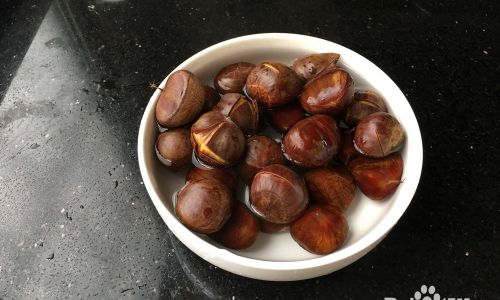
Adding the Bones:
Transfer the blanched bones to the pot with the sautéed aromatics. Pour in enough water to fully submerge the bones, plus an additional 2-3 inches of water to allow for evaporation. Bring the mixture to a boil, then reduce the heat to a gentle simmer.
Simmering the Broth:
Simmer the bones for at least 2-3 hours, skimming off any foam that rises to the surface periodically. The longer the bones simmer, the richer and more flavorful the broth will become.
Adding the Chestnuts:
After the broth has developed a rich color and flavor, add the peeled chestnuts to the pot. Continue to simmer for another 30-45 minutes, or until the chestnuts are tender and have absorbed some of the broth’s flavors.
Seasoning and Final Touches:
Taste the broth and season with salt and pepper to taste. A splash of soy sauce or fish sauce can add an additional layer of complexity. If desired, add chopped vegetables in the last 20 minutes of cooking to avoid overcooking them.
Serving the Soup
When the chestnuts are tender and the broth is flavorful, your Chestnut and Bone Soup is ready to serve. Ladle the soup into bowls, ensuring each serving contains a generous portion of chestnuts and a few pieces of bone for added texture and flavor. Garnish with chopped green onions, a sprinkle of sesame seeds, or a drizzle of chili oil for added depth.
Conclusion
Crafting a perfect pot of Chestnut and Bone Soup is an art that requires patience, attention to detail, and a love for the ingredients involved. By following the steps outlined above, you can create a dish that is not only nutritious and comforting but also a testament to the beauty of simple, honest cooking. So, the next time the weather turns chilly, gather your ingredients, roll up your sleeves, and embark on a culinary journey that promises to warm your heart and nourish your soul. Enjoy!


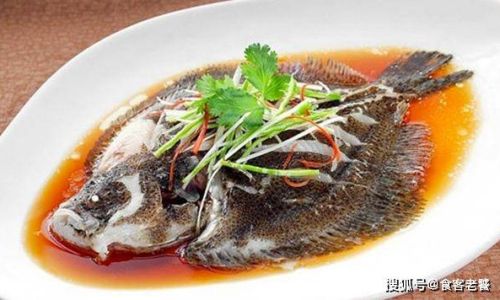

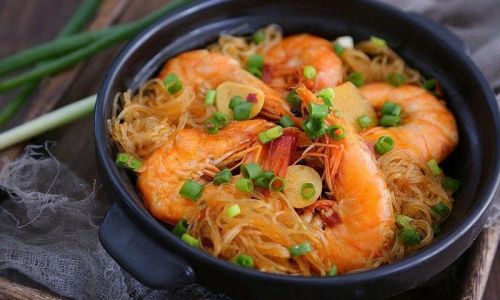
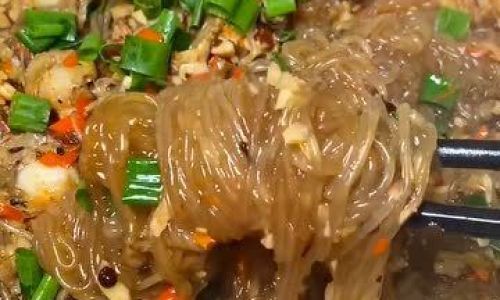
0 comments